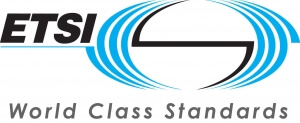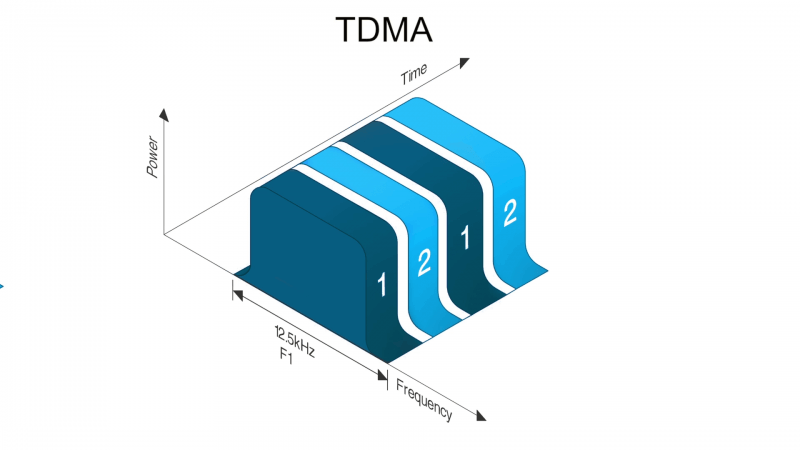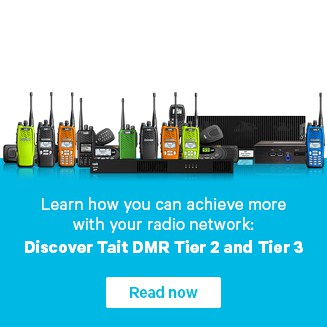Introduction to DMR
DMR Standard
What is DMR?
Digital Mobile Radio (DMR) is an international digital radio standard developed by the European Telecommunications Standards Institute (ETSI), and first ratified in 2005. More than a decade ago, vendors and users of radio systems recognized that the existing analog trunking standards required updates with modern techniques to provide:
- Improved voice quality
- Improved functionality such as Location information)
- Improved security (i.e. Authentication and Encryption)
- Improved channel efficiency (2 slot TDMA)

As a result, today, we have a complete set of standards which cover voice, data services, and conformance testing.
DMR aims to provide an affordable, low-complexity digital standard to replace analog radio. The ETSI DMR Standard defines three different tiers on www.dmrassociation.org:
- Tier I (unlicensed): DMR equipment works in Direct Mode (unit-to-unit) on public frequencies. Tier 1 DMR devices are best for individuals, recreation, small retail, or other situations that do not require wide area coverage.
- Tier II (licensed conventional): This Tier is aimed to be a direct replacement for the analog conventional radio system. These DMR systems operate under individual licenses working in Direct Mode (unit-to-unit) or using a Base Station (BS) for repeating. It has a degree of wide-area coverage and is targeted at users “who need spectral efficiency, advanced voice features and integrated IP data services in licensed bands for high-power communications.”
- Tier III (licensed trunked): DMR trunking systems operate under individual licenses with a controller function that automatically regulates the communications. It also supports packet data services in a variety of formats, including support for IPv4 and IPv6. It is ideal for organizations looking to migrate from MPT-1327/EADS/LTR (logic trunked radio) systems or who want the full benefits of managed trunking, voice and data solution.
The DMR standard also specifies the use of TDMA technology. TDMA stands for Time Division Multiple Access. TDMA provides two logical channels and each 12.5-kilohertz channel space (see diagram below). This provides a useful doubling of capacity within the same analog channel space.
 Radio Academy
Radio Academy






